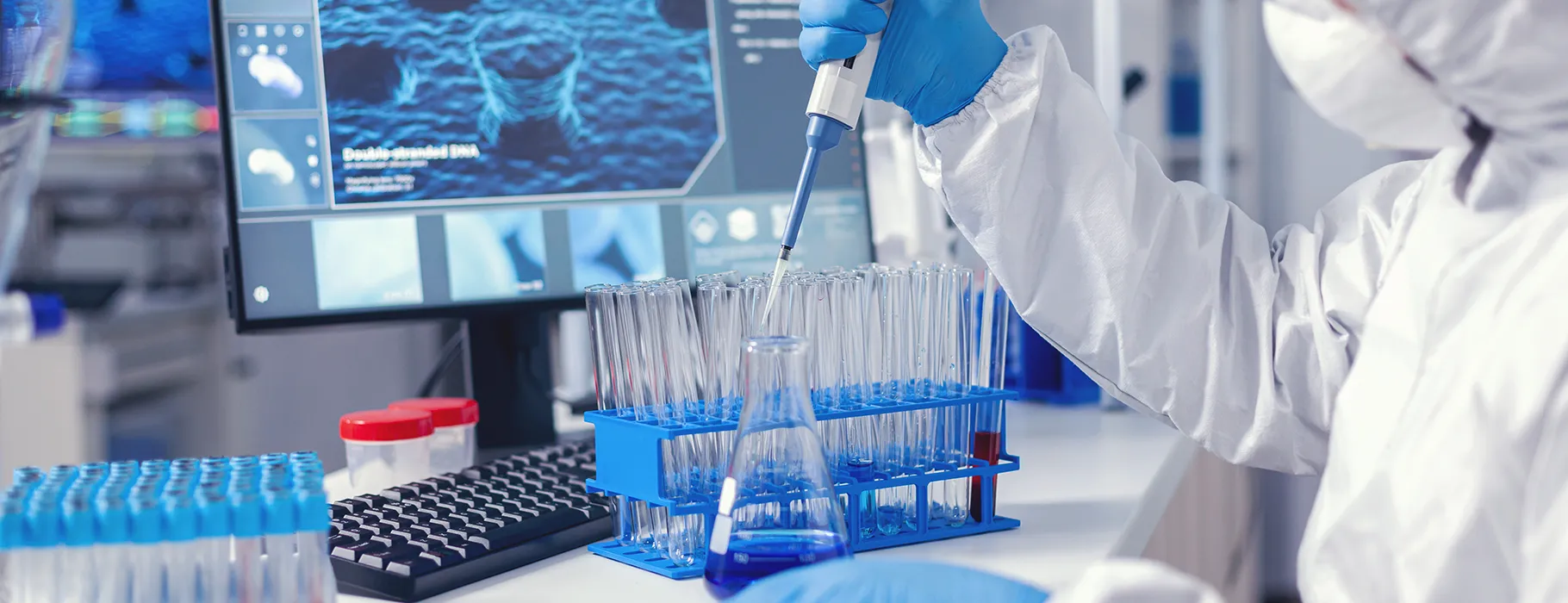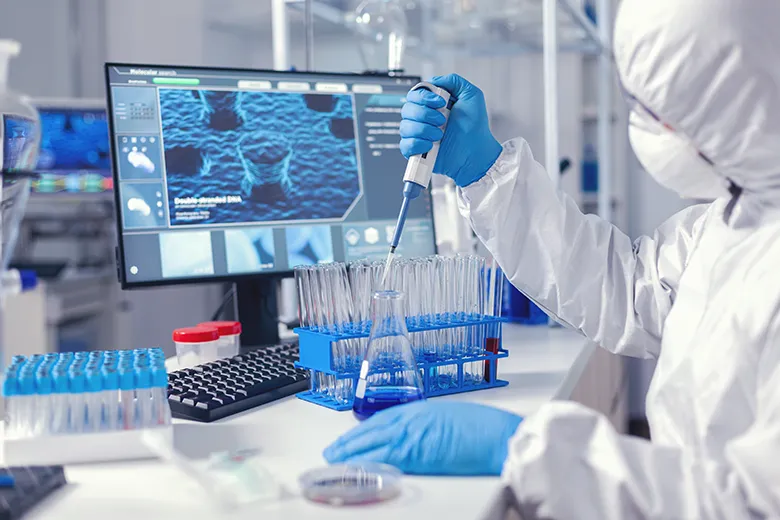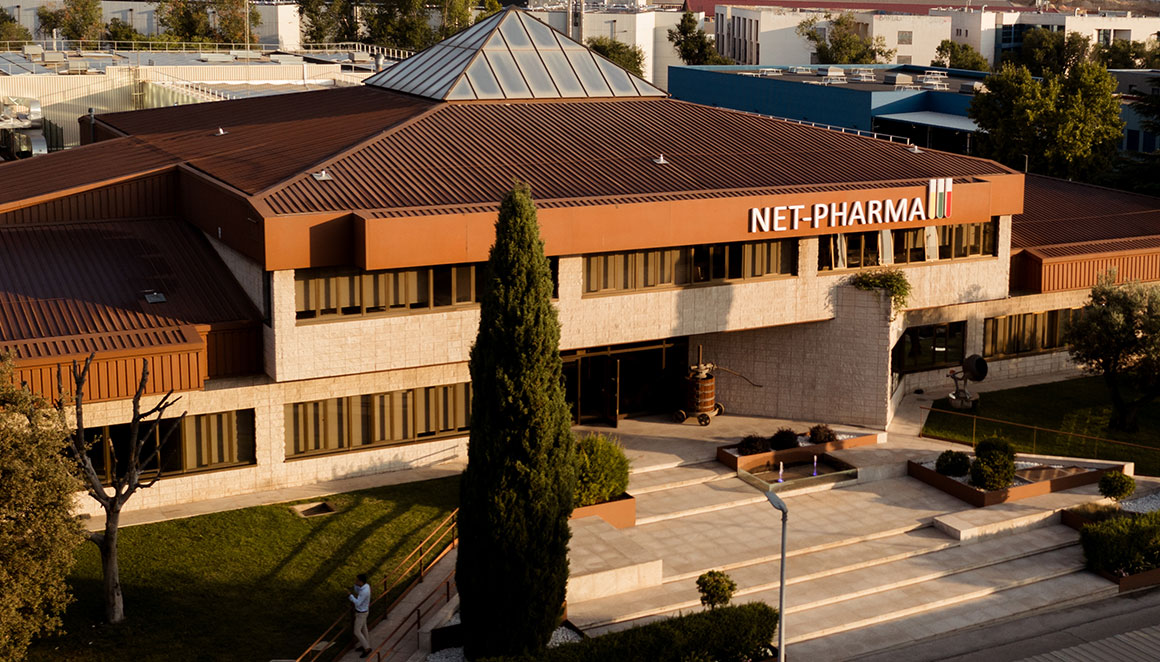
Biotechnology is a multidisciplinary field that combines biology, chemistry, engineering, and other sciences to develop products and solutions derived from living organisms or their components. Thanks to its versatility, it has a direct impact on a wide range of sectors, including health, food, agriculture, industry, and the environment.
Among its most notable applications are the development of innovative treatments for diseases, more sustainable crops, foods with improved nutritional properties, bioplastics, biofuels, and technologies for environmental decontamination.
Types of Biotechnology
Biotechnology is categorized into different types based on its field of application, each identified by a specific color in Spain. This color-coding system is widely used in Spain, though not as commonly recognized internationally—except for the major categories like white, red, or green biotechnology.
- Red Biotechnology (Medical): Prevention, diagnosis, and treatment of diseases.
- Green Biotechnology (Agricultural): Improvement of crop yields, primarily through genetic editing of plants.
- Yellow Biotechnology (Food): Use of living organisms or genetically enhanced compounds to optimize food production processes and/or improve nutritional and organoleptic properties.
- Brown Biotechnology (Animal): Production of food, pharmaceuticals, and vaccines for animals.
- Blue Biotechnology (Marine): Focused on the preservation of aquatic ecosystems and the development of new products from marine and freshwater resources.
- White Biotechnology (Industrial): Design and management of industrial biotechnological processes.
- Grey Biotechnology (Environmental): Encompasses applications of biotechnology focused on environmental protection.
Historical Evolution
Although its roots can be traced back to ancient practices like fermentation, modern biotechnology took off in the 20th century with key milestones such as the discovery of penicillin, recombinant DNA technology, and the development of human insulin. In recent decades, tools like CRISPR gene editing and genomic sequencing have revolutionized science, with notable applications such as mRNA vaccines during the COVID-19 pandemic.
Current Landscape in Spain
According to the latest AseBio 2023 Report, Spain has a growing biotechnology ecosystem:
- 974 biotechnology companies, representing an 8.5% increase compared to the previous year.
- Revenue of €19.676 billion in 2022, reflecting a 9.4% growth from the year before.
- R&D investment of €1.218 billion, equivalent to 6.3% of the country’s total national R&D investment.
- 162,845 jobs generated, with above-average productivity and wages twice the national average.
- Strong female participation: 60% of R&D staff in biotech companies are women, and they hold 29.2% of executive positions.
Additionally, Spain has established itself as a global scientific powerhouse in this sector, tripling the number of scientific publications over the past 25 years and ranking ninth in the world in terms of biotechnology-related documents.





